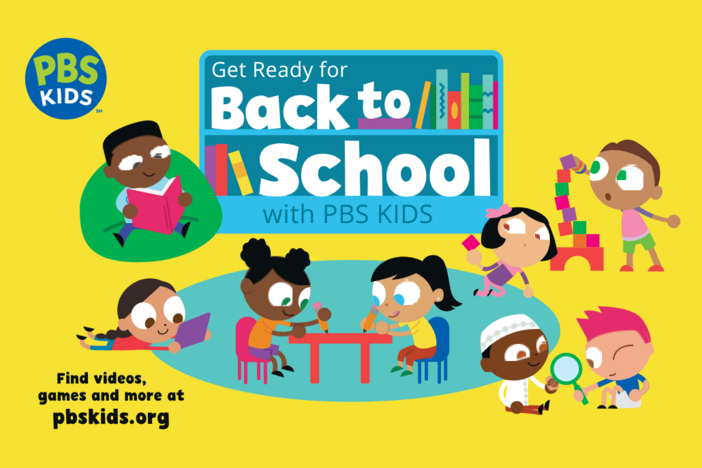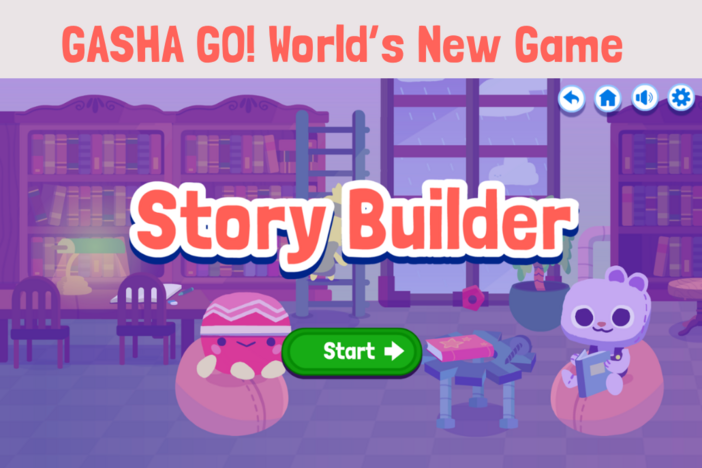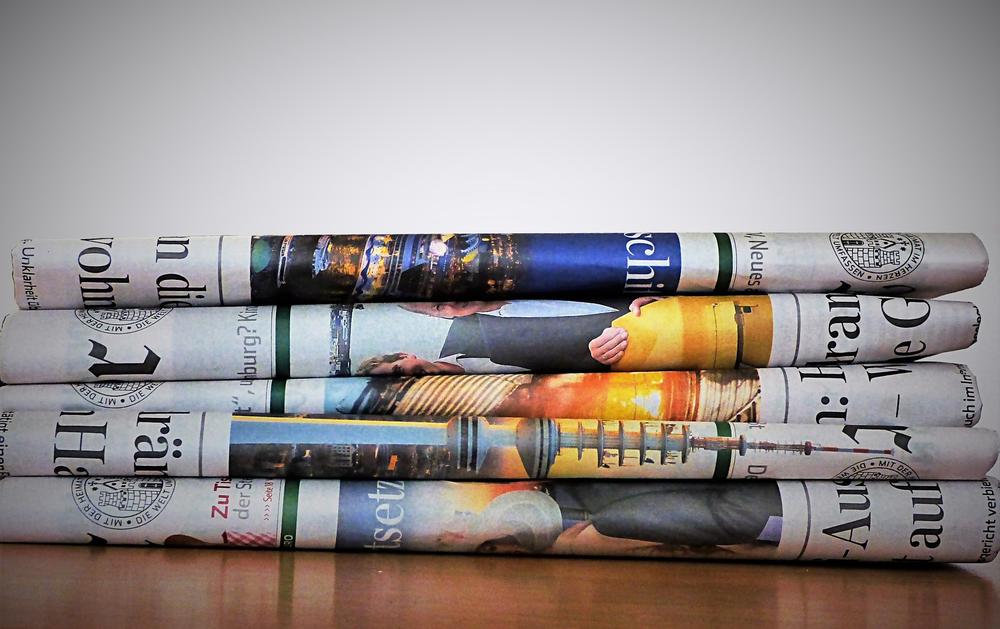
Section Branding
Header Content
Dead Trees Online: Digitized Newspaper Collections As Primary Source Repositories
Primary Content

Ben Franklin's veneration for a free press came from his belief that it "diffuses so general a light...of so penetrating a nature" as to keep in check tyranny and abuse. Mark Twain echoed these sentiments nearly a century later saying, "the devil's aversion to holy water is a light matter compared with a despot's dread of a newspaper that laughs." At the core of the American ethos is the first amendment's freedom of the press. From this guarantee grew a robust business of periodicals, including the famous "gray lady." Now in the decline and even ceasing to print a "dead tree edition" at times altogether, newspapers have been for hundreds of years the peoples' window into their own lives and that of the larger society abroad.
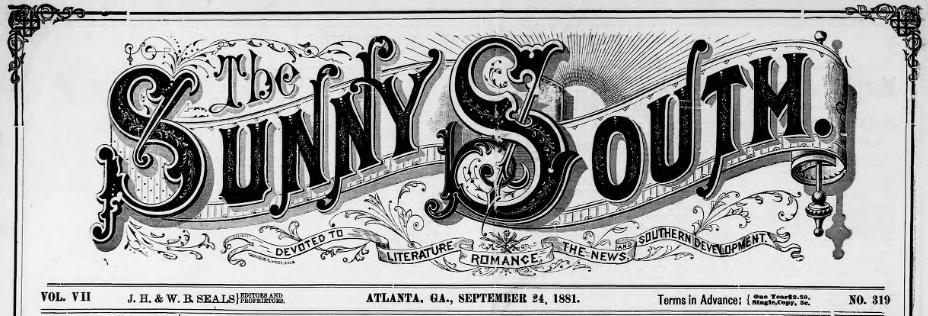
For those who remember the tedious days of microfiche and microfilm, the future is arriving rather quickly. Organizations are slowly scanning page by page and digitizing entire years, if not decades, of newspapers. Not only that, these efforts are migrating online as well. We've written previously about bringing primary sources into the classroom, getting started with document-based questions, and introducing inquiry lessons. Below are links to specific collections of free digitized newspapers:
- The Library of Congress and National Endowment for the Humanities have collaborated to create Chronicling America, an archive of American newspapers from 1789-1924.
- The Digital Library of Georgia offers access to digitized newspapers from around Georgia from as far back as the first decades of the nineteenth century.
- For a more updated experience, Kiosko provides access to the day's newspapers from around the world--a great way to teach students to compare and contrast as well as connect current events to the past.
- The British Newspaper Archive is a great resource for a more global perspective or world history educators.
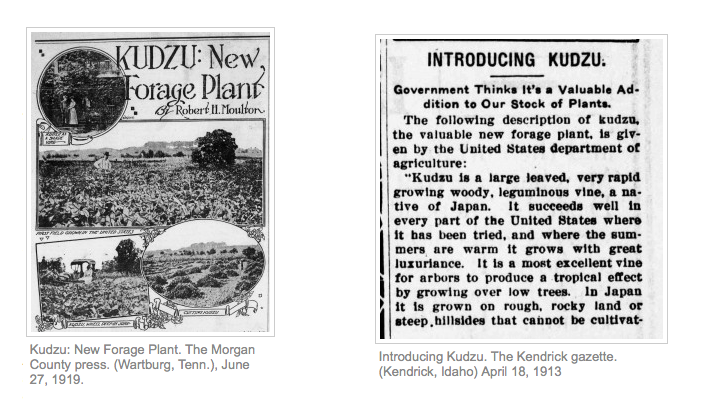
For ideas on using newspapers in the classroom, an introduction from the Center for History and New Media could lead to a guided approach from the Library of Congress article with suggestions for lessons and analysis, a webcast, a blog, as well as a content-specific guide for utilizing Chronicling America from Edsitement. If students need a stronger introduction TPS-Barat has a comprehensive guide. To go deeper, LearnNC has several learner's guides for breaking down the different pieces of a newspaper, like advertisements and editorials, as well more critical explorations for extension activities. For advanced placement classes, the University of Illinois at Urbana-Champaign has a self-paced tutorial for doing research with newspapers. But can we take today's penchant for rooting out fake news and apply it our use of historic newspapers as primary sources? Read up on what the framers of the Constitution thought to find out.
Ben Franklin's veneration for a free press came from his belief that it "diffuses so general a light . . . of so penetrating a nature" as to keep in check tyranny and abuse. Mark Twain echoed these sentiments nearly a century later saying, "the devil's



